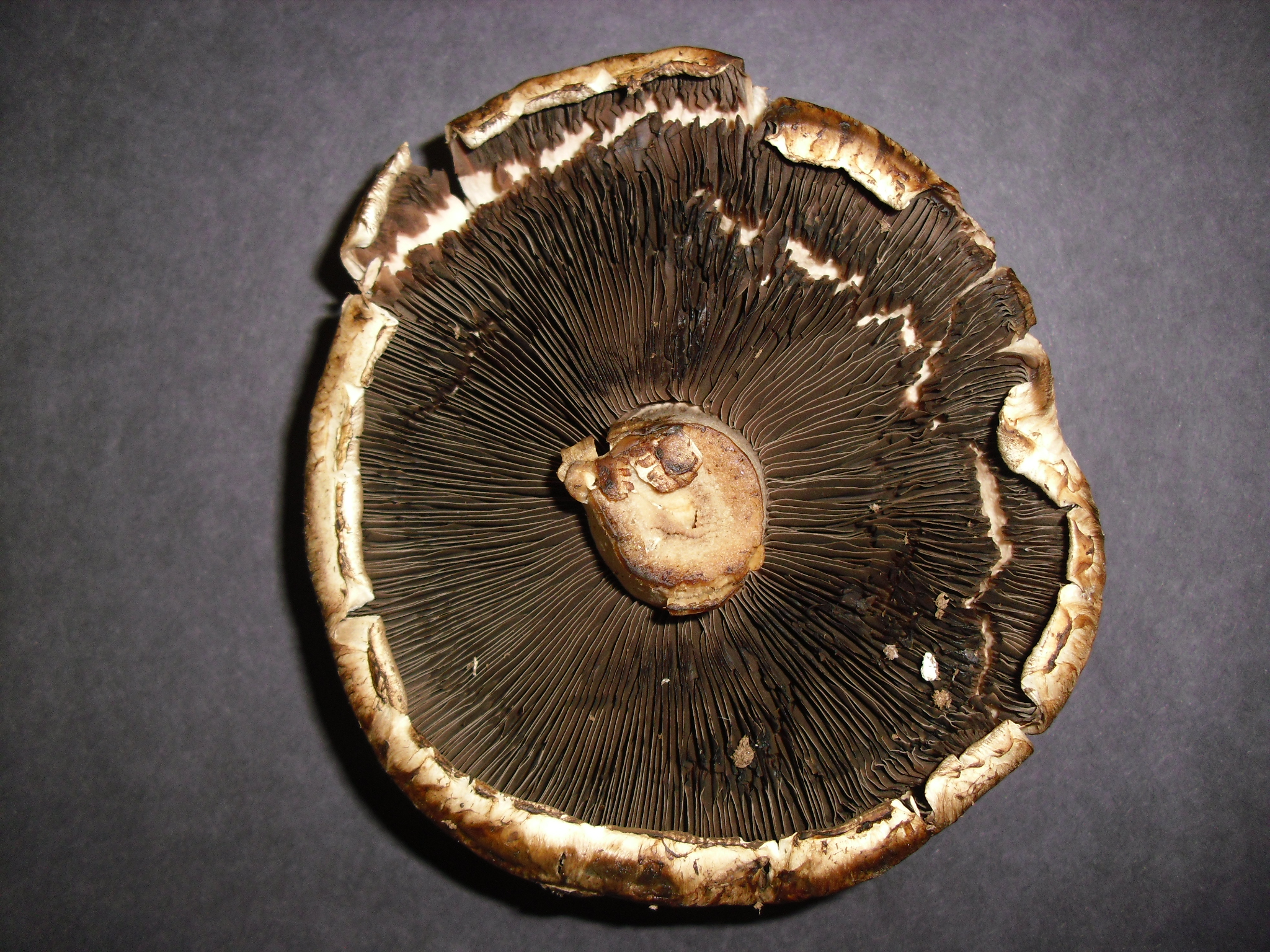

This site contains no information about the edibility or toxicity of mushrooms. REFERENCES: (Vittadini, 1835) Vellinga, 2002. Pileipellis a trichoderm (center of cap, or scales) or cutis (whitish, fibrillose surface). Cheilocystidia 15–50 x 10–17.5 µm subsphaeropedunculate or occasionally clavate hyaline in KOH thin-walled. Microscopic Features: Spores 8–12 x 5–8 µm ellipsoid, subamygdaliform, or ellipsoid with a truncated end smooth hyaline in KOH dextrinoid. Stem: 6–21 cm long 1.5–3.5 cm thick club-shaped, with a basal bulb that is gradually swollen bald whitish above the ring, brownish below bruising and discoloring brown to brownish with a high, whitish, double-edged, moveable ring that features a brownish edge on the underside basal mycelium white.įlesh: Whitish to pale brownish staining pinkish orange to reddish, then slowly brownish when sliced (especially near the apex of the stem) thick.Ĭhemical Reactions: KOH negative on cap surface or pinkish (brown areas).
MUSHROOM SPORE PRINT FREE
Gills: Free from the stem close or nearly crowded short-gills frequent white or, in maturity, pale brownish often with brownish edges. The illustrated and described collections are from Illinois and California.Ĭap: 5–16 cm convex to nearly round when young, becoming broadly convex, flat, or very broadly bell-shaped dry soft bald and brown to orangish brown when in the button stage, but soon breaking up so that the center remains smooth (or cracked) and brown but the rest of the surface consists of shaggy scales with brownish tips over a whitish, fibrillose background. Thanks to Peggy Weil for collecting, documenting, and preserving some of the illustrated and described material her collection is deposited in The Herbarium of Michael Kuo.Įcology: Saprobic growing alone, scattered, or gregariously-often in troops or fairy rings-in lawns and disturbed-ground areas like roadsides, gardens, the edges of fields, and so on often appearing in the vicinity of conifers (especially spruces) spring through fall widely distributed in North America, but more common from the Rocky Mountains eastward.
MUSHROOM SPORE PRINT CODE
Vittadini's "rachodes" is clearly a misspelling, and according to Article 60.1 of the International Code of Nomenclature, it is allowable to correct his mistake. I wonder what should I call it? How about 'the bush Lepiota?'" No. I'm going to write the word 'ragged' in my description of the cap, because it's so, well, ragged. "Hey, here's a new species with a ragged cap. I find this argument entirely unconvincing. Vellinga and Pennycook (2010) argue that Vittadini might also have meant "ραχωδης," the Greek word for "bush," because he might have found it under an old, half-dead bush (he wrote, "sotto un antico e semimorto cespite de nocciuolo"). This spelling is an error that originated with the 19th-Century author of the species, Vittadini (1835), who misspelled (or, better put, mis-transliterated) ρακωδης, the Greek word for "ragged" or "tattered"-an apt description of the mushroom. Synonyms include Lepiota rhacodes and Macrolepiota rhacodes-and Lepiota/Macrolepiota/Chlorophyllum rachodes-with a CH instead of an RH. (Actually, Chlorophyllum brunneum appears in eastern North America, too, but it is very rare there.) The widely distributed Chlorophyllum molybdites is easily separated on the basis of its greenish mature gills and spore print. In western North America it should be compared with the very similar Chlorophyllum brunneum, which has a rimmed basal bulb, consistently truncated spores, and longer, narrower cheilocystidia. Sometimes called the "shaggy parasol," Chlorophyllum rhacodes is an impressive mushroom, characterized by its large size, its shaggy and scaly cap, its white spore print, and the way its flesh turns pinkish orange when sliced (especially at the apex of the stem). Chlorophyllum rhacodes (MushroomExpert.Com) Major Groups > Gilled Mushrooms > Pale-Spored > Lepiotoid Mushrooms > Chlorophyllum rhacodes


 0 kommentar(er)
0 kommentar(er)
